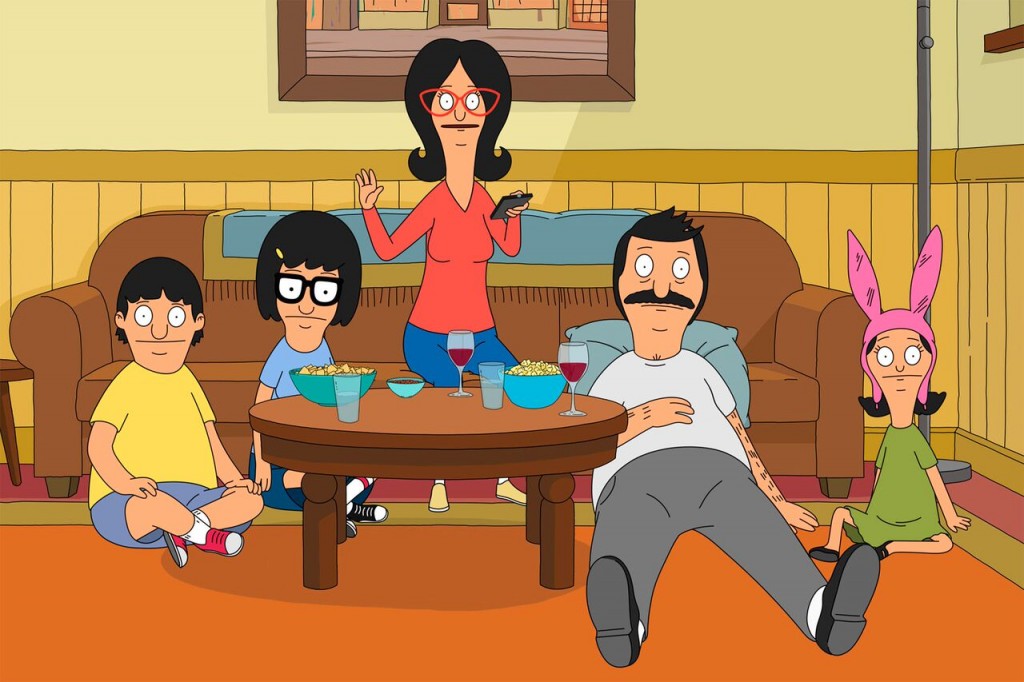
The history of psychedelic rock
By Caroline Ho, Arts Editor
Psychedelic rock is a genre that tries to imitate and enhance the feeling of being on psychedelic drugs. It was a huge part of artistic culture in the late ’60s, and even though our societal perceptions of drug use have changed a lot in 50 years, the influence of psychedelic rock and the imagery of psychedelia is still quite noticeable.
The most notable psychedelic drug is lysergic acid diethylamide, commonly known as LSD or acid. It was first synthesized by a Swedish chemist in 1938, although he didn’t realize that it caused intense hallucinations until five years later. LSD started being used as a psychiatric drug in 1947, and thanks to widespread testing, it became quite popular, especially when several notable figures like novelist Aldous Huxley and psychologist Timothy Leary started advocating for its use in the ’60s.
A huge counterculture around LSD arose, especially in the US and the UK, and in this environment psychedelic rock blossomed. Musically, a lot of artists and groups drew their inspiration from blues, jazz, and folk—all of which had their own traditions of drug use, but which coalesced into the more deliberately pro-drug style of psychedelic rock. New York-based folk group The Holy Modal Rounders are credited with being the first to use the word “psychedelic” in their music, in 1964, and the first group to describe themselves as psychedelic rock was the 13th Floor Elevators, in 1965.
However, the real heartland of LSD counterculture in the US was the San Francisco Bay area, where author Ken Kensey, beginning in 1965, held parties called “Acid Tests,” which celebrated and advocated the drug’s use. Many of the bashes featured musical performances by the Grateful Dead, and the parties, with their colourful flashing lights and crazy image projections, played a large part in shaping the imagery of the counterculture. Along with the Grateful Dead, the San Francisco area produced a lot of other notable psychedelic rock bands, including Jefferson Airplane, The Charlatans, and Country Joe and the Fish. In the rest of the US, established bands blended psychedelia into their music, like The Byrds with 1966’s “Eight Miles High.”
Britain’s own psychedelic rock scene was flourishing at around the same time. This is probably most notable in the music of the Beatles. Already hugely popular at this point, their music took a trippier turn with albums Revolver (1966) and Sgt. Pepper’s Lonely Hearts Club Band (1967), the latter of which contained the song “Lucy in the Sky with Diamonds” (although John Lennon and Paul McCartney have both claimed the song wasn’t actually about LSD). Also in Britain were the Rolling Stones, who released the psychedelic record Their Satanic Majesties Request in 1967, Pink Floyd with The Piper at the Gates of Dawn (1967), and many other groups following suit.
From Britain and the US, the psychedelic craze soon spread to Australia and New Zealand, continental Europe, South America, and the rest of the world. Psychedelic rock was characterized by its use of distortionary sounds through electronic effects like reverb and time delays, fuzzbox effects, and complex time signatures, all meant to give the music an otherworldly quality. Combined with lyrics that often made direct or indirect reference to drug use—like Jefferson Airplane’s “White Rabbit,” which had lines like “You’ve just had some kind of mushroom, and your mind is moving low”—the music attempted to evoke the experience of being in an altered state of mind. Some music historians distinguish between the harder “acid rock” of American West Coast bands, with the softer and more whimsical style of British psychedelic rock, but others use the two terms interchangeably.
Psychedelic rock peaked from 1966 to 1969, culminating in the Woodstock Festival in August 1969, a four-day music festival that drew crowds of over 400,000 and featured huge artists like The Grateful Dead, The Who, Crosby, Stills, Nash & Young, and Jimi Hendrix. Woodstock was a pivotal moment in music history, but psychedelic rock declined soon after. LSD was made illegal in 1968, and as the stigma around drug use became increasingly negative, a lot of artists and groups shifted away from psychedelic sounds into other genres, taking the style into progressive rock and funk.
Psychedelic rock had a profound impact on basically every musical genre that proceeded it, from heavy metal to electronica. It was a relatively short-lived musical era, but in terms of musical development, it was one hell of a trip.

